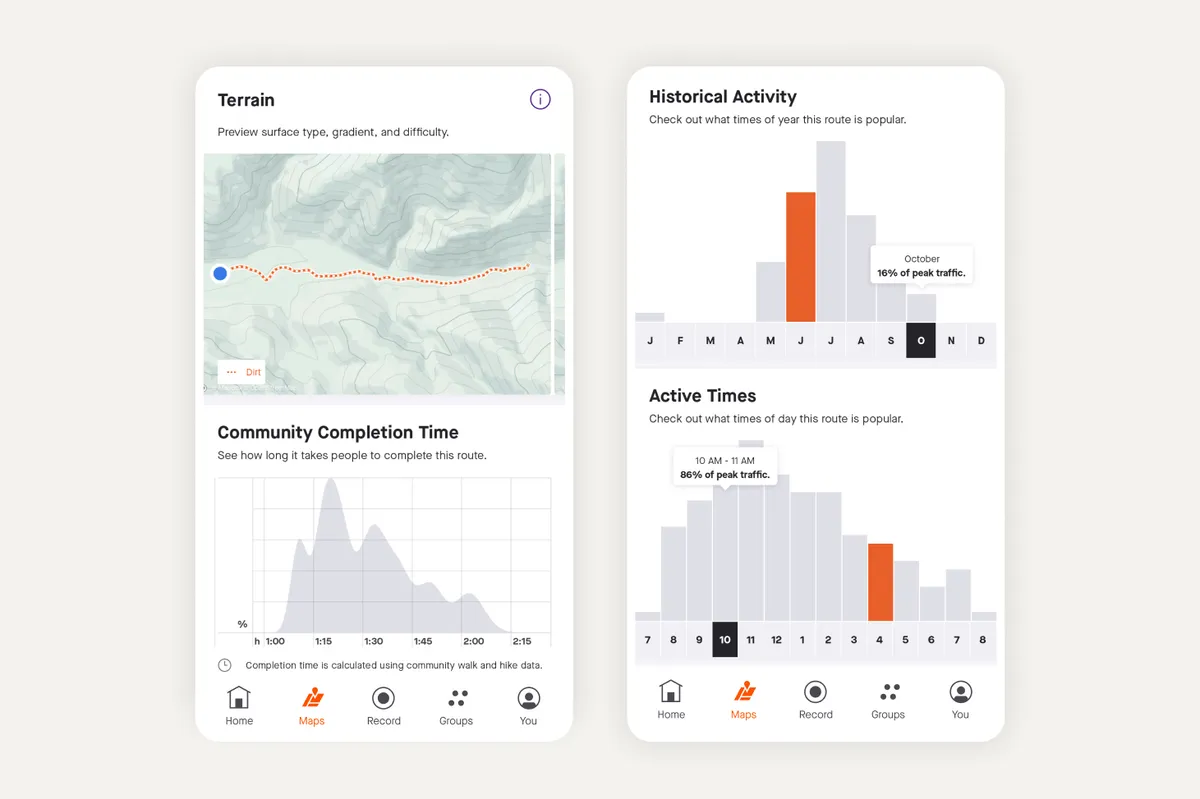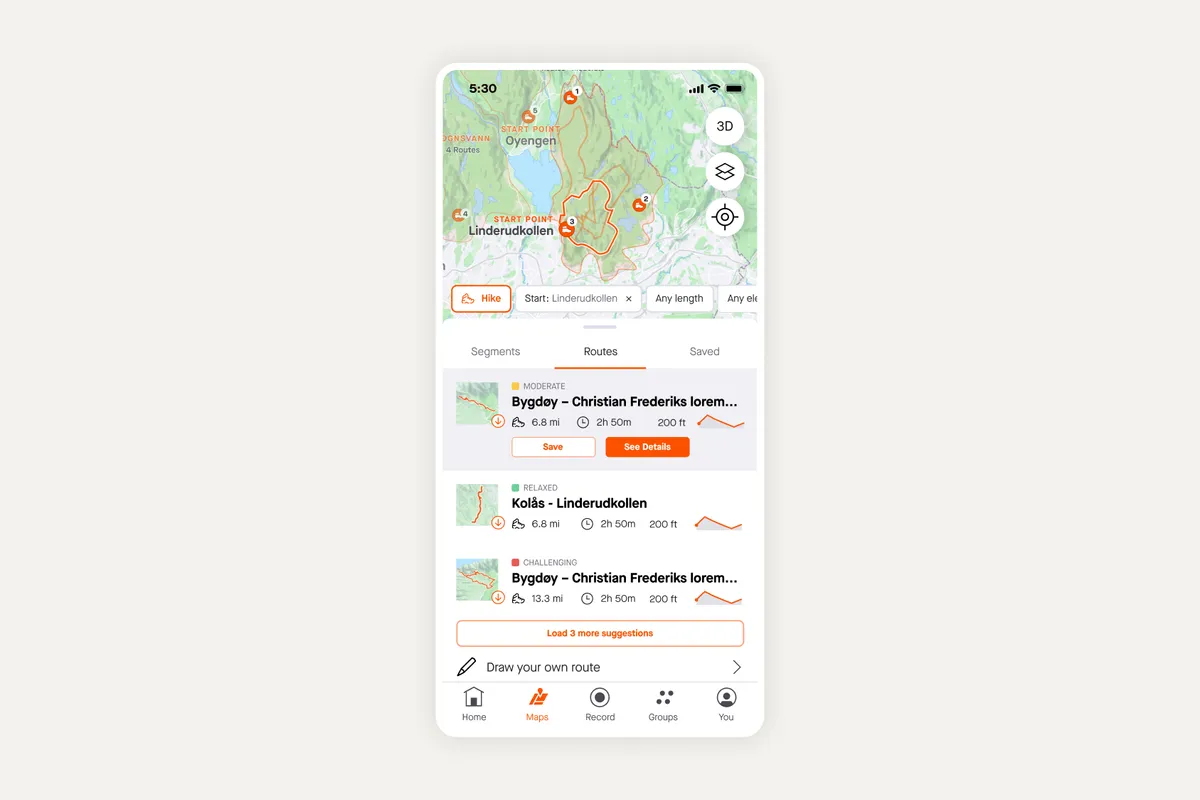Strava has announced Trail Routes, an update to its premium routing capabilities aimed at gravel bike, mountain bike and electric mountain bike riders, plus a suite of new features for 'trail sports', including new activity types.
Citing a rapid growth in popularity of gravel riding, mountain biking and other trail sports such as hiking and trail running, Strava says this update will help users “fuel their joy of exploration”.
According to Strava, trail sports activities “are growing twice as quickly as those on pavement, such as road cycling”.
Unsurprisingly, Strava appears keen to capture and retain riders branching out into these disciplines, and stop them from straying to other cycling apps such as Komoot.
Trail Routes
Subscribers to Strava’s premium service will gain access to Trail Routes, which will “highlight popular trail networks and start points” in order to “empower people to explore confidently”.
As with existing Strava Routes features, Trail Routes will offer activity-specific and adjustable ride suggestions based on data gathered from other Strava users.

Users will be able to tailor routes based on their preferences for distance and elevation, with Strava then offering insights such as “how long it will take you, how crowded it might be, and what's the best route for you”.
On top of this, Trail Routes will offer insights such as “route difficulty, community completion times, historical activity trends by month and time of day, and data visualizations of gradient and difficulty".
Strava says subscribers can also download created routes so they can be accessed without an internet connection.

New activity types
Four new activity classifications have also been added, meaning Strava users can more accurately record the type of activity they have completed: Gravel Ride, Mountain Bike, e-Mountain Bike and Trail Run.
On top of the existing activity types (of which Strava says there are now “nearly 40”), the aim is to help users more accurately identify the precise type of activity they have undertaken.
In turn, this presumably helps Strava leverage its user data more effectively for its own routing and activity suggestions.

